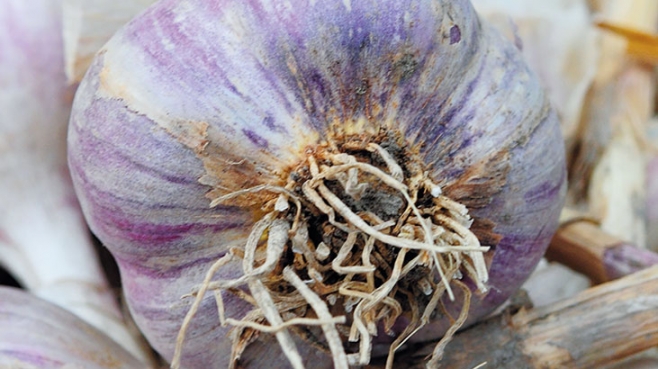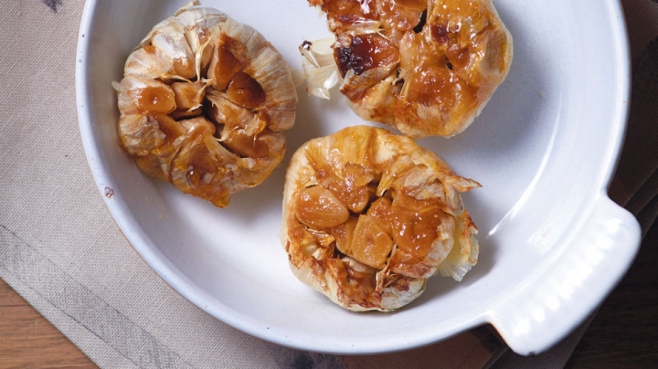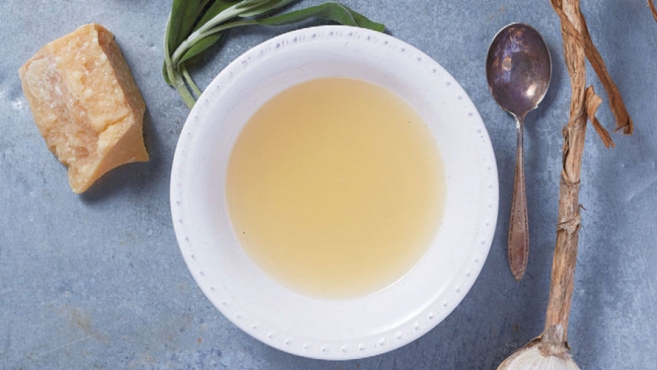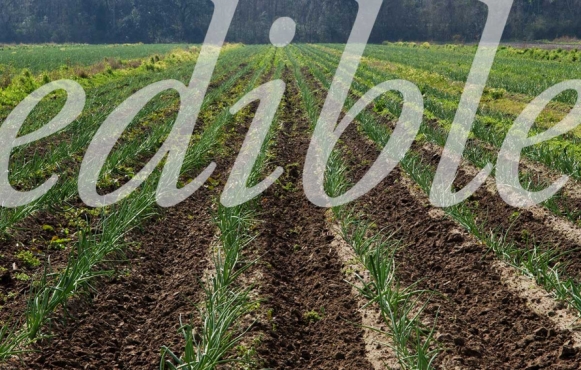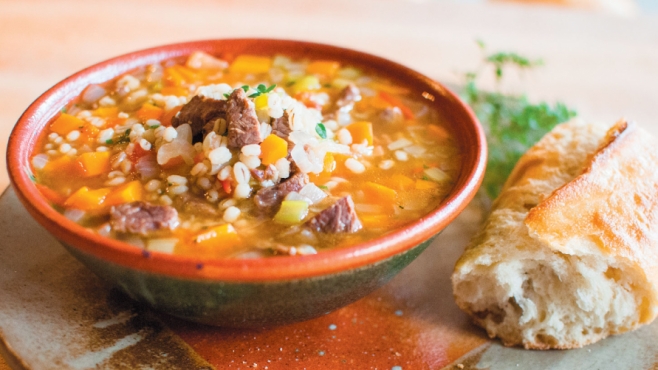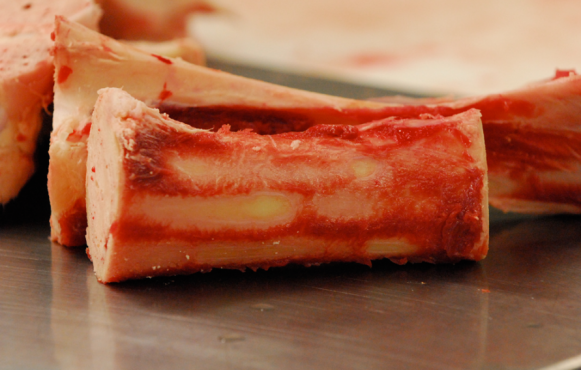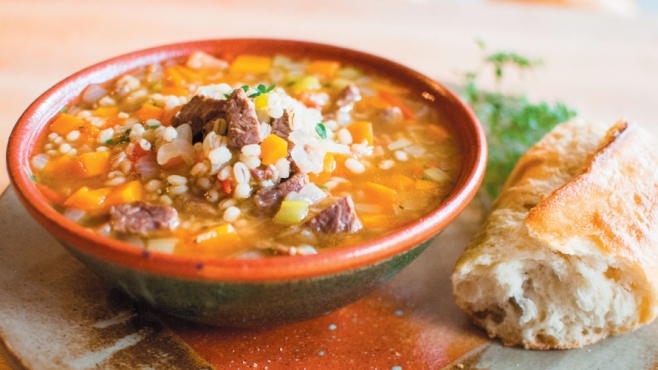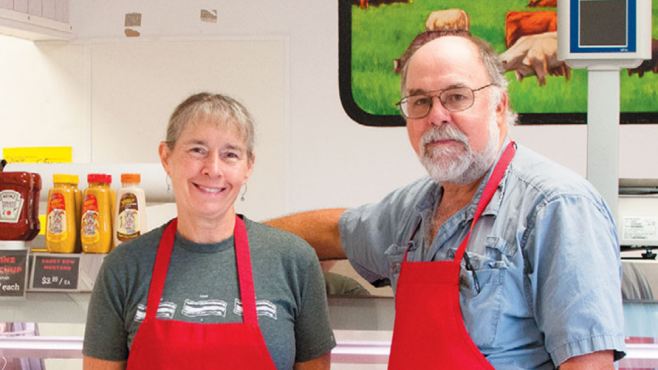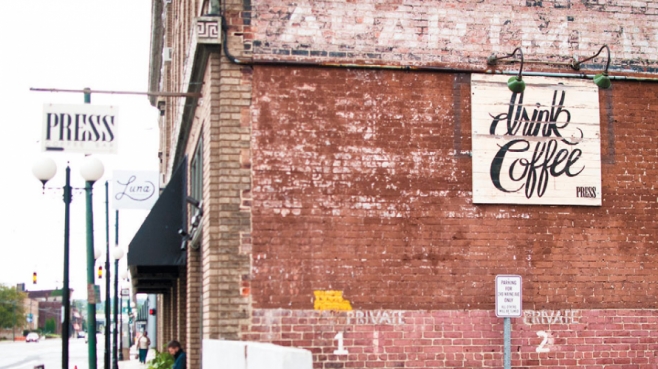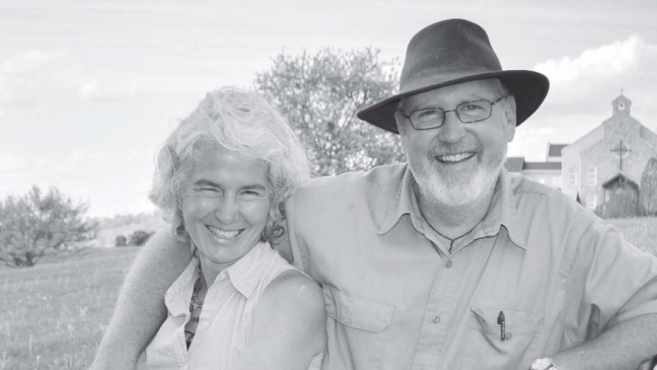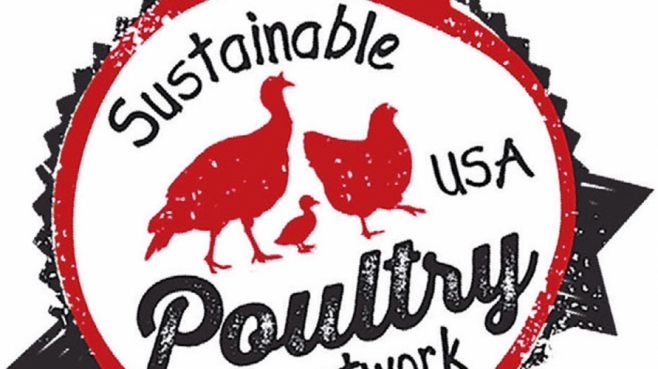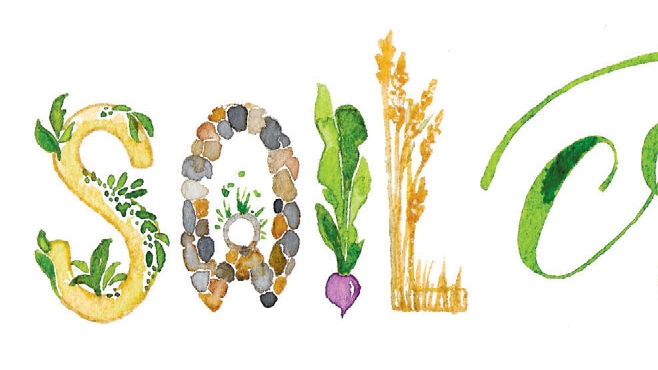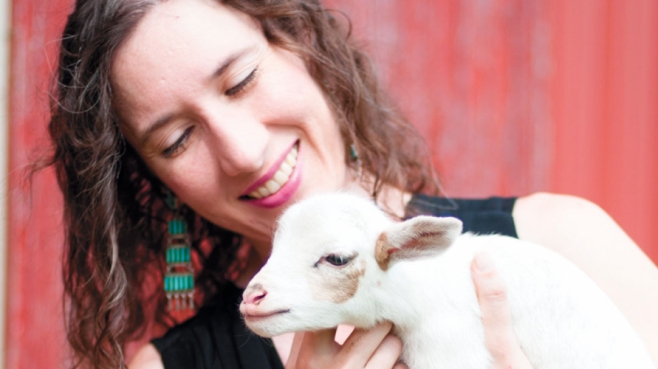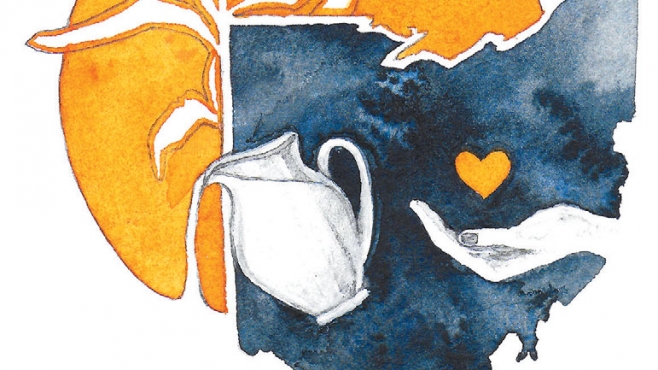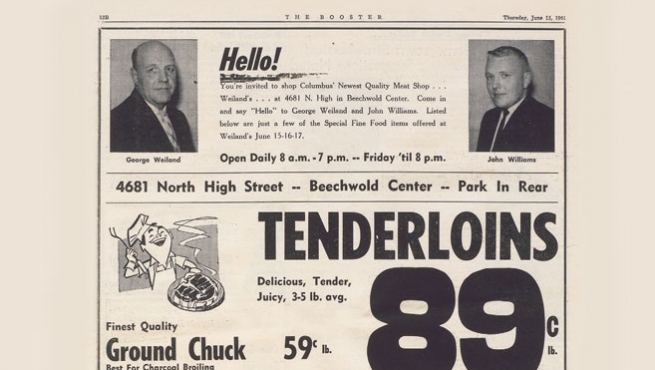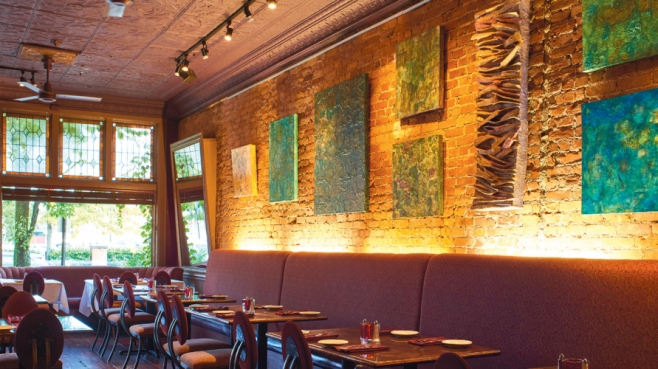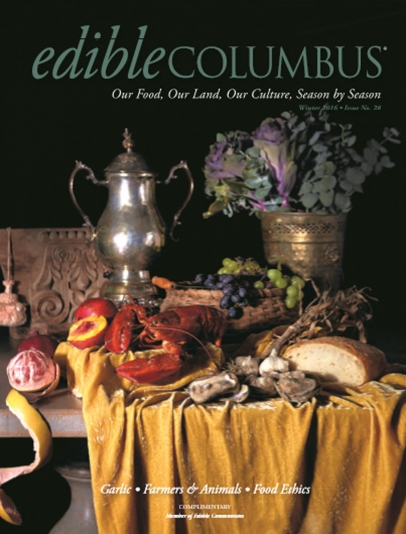
LETTER FROM THE PUBLISHER
As 2016 comes to a close I can’t help thinking that this year has gone by particularly fast. It has been a productive year—one filled with lots of fond memories and a good amount of fun squeezed in. I feel blessed to love what I do and to do it with a team that is full of integrity and wisdom. Together we get the opportunity to publish a magazine we are proud of and expand the conversation about what is possible in our community’s food system.
In late October we held our first community think tank with Chef Bill Glover of Gallerie Bar & Bistro. The goal was to have an in-depth conversation about local sourcing in Central Ohio. Our panel consisted of chefs, restaurant owners, institutional food service providers and farmers. The conversation centered on increasing possibilities for more local sourcing, which would result in greater economic impact for our local farms and our community. Challenges and possibilities were presented. Here are some things for consideration:
• If we want our family farms to survive and thrive, they need more buyers for what they raise and grow.
• We heard from several farmers that sustainably raise cows, chickens and hogs. Because consumers are used to more traditional cuts of meat, these farmers have trouble getting whole animals sold. It was wisely stated that farmers don’t raise hams, they raise whole hogs.
• It costs a little more for restaurants to source locally. Consumers should realize there is an appropriate price to pay for food and that cheap food has other consequences.
• We are missing the infrastructure needed to process meat and vegetables, a crucial step between producers and buyers. If an entrepreneur is looking for a business idea, consider this one.
At the think tank we learned about two commitments from local institutions that are progressive and will have a great impact on our local food system: Columbus City Schools’ Farm Days source food from local farms to serve to the students, and The Ohio State University has made a commitment to purchase 40% of its food from local and sustainable producers, infusing $15 million into our local food system. We will be devoting significant editorial coverage to highlight these impactful programs in the coming year.
Edible Columbus is going to help play a role connecting buyers and sellers through our new website, edibleconnector.com. The full site is in developmental stages while we build it out and gather input. The current site is a place to share your thoughts and give feedback on the project. We would love to hear from you.
Winter is a great time to take stock of what is important in our lives and find little ways to make a difference. I wish you a joy-filled holiday season filled with moments of happiness and time to reflect.
-Tricia Wheeler, Publisher
LETTER FROM THE EDITOR
Change is. It’s days growing darker and cooler. It’s putting away your summer clothes and bringing out your sweaters. It’s sap returning to the roots for nourishment. It’s chopping down a dead tree to make firewood.
I’ve watched Edible Columbus change and the local food community it touches transform over the past seven years. We’ve grown stronger, brighter and more delicious. Yet we have more change to take on in 2017. While we have more farmers markets and people interested in buying local, it’s not enough. As Michael Pollan put it in his recent article “Big Food Strikes Back” in the New York Times Magazine,the food movement is still “Little Food” against “Big Food.”
I’m inspired by the creativity and artistry of local food heroes like Aniko Zala of Wild Origins (page 14); Shawn and Beth Dougherty of the Sow’s Ear, and the book "The Independent Farmstead" (page 36); farm artists like Rachel Tayse (page 47); farmers like Littleton Kirkpatrick of the Sustainable Poultry Network (page 43) and Kathryn Harrison of Harrison Farm (page 50); food producers and activists Warren Taylor, Michelle Ajamian and Brandon Jaeger of Athens (page 54); Chef Jacob Hough and owner Scott Heimlich of Barcelona Restaurant & Bar in German Village (page 60); and last, but certainly not least, the late John Williams of Weiland’s Market (page 56).
Find out why these local food heroes are worth being inspired by. Each one of them has embraced a paradigm shift—a different way of seeing the world, like artist Marcia Smilack (page 26)—and in their own way empowered a whole community of eaters, cooks, growers, aspiring farmers and chefs.
This is change. And change is the only pathway to tomorrow.
-Colleen Leonardi, Editor


